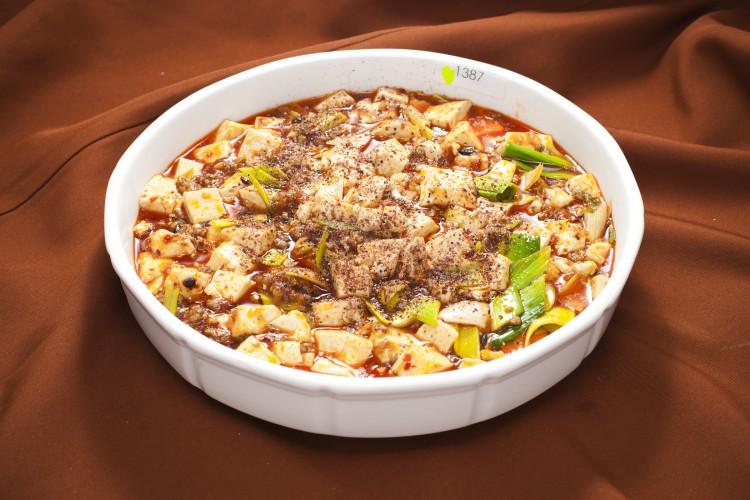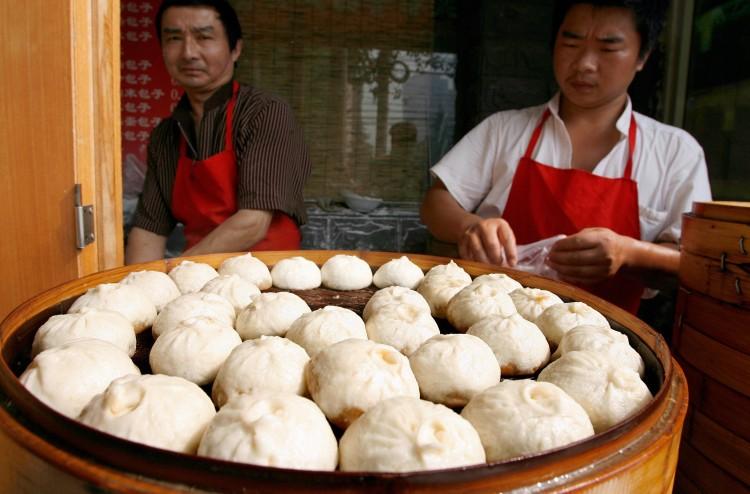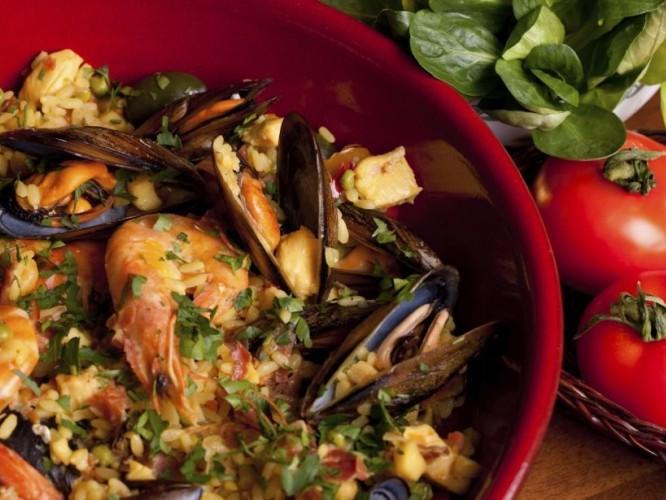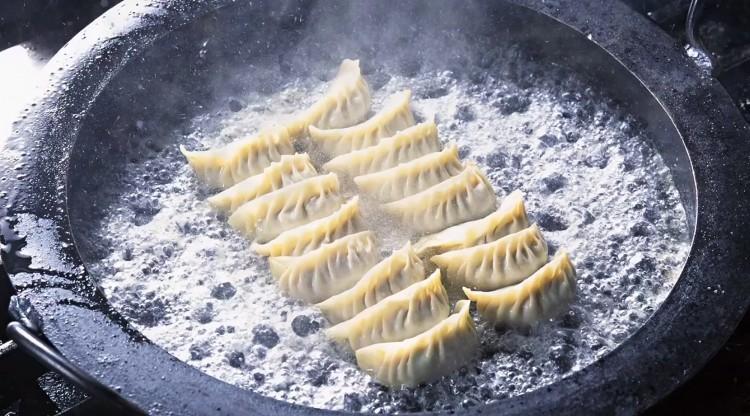Traditional Japanese cuisine is always distinguished by delicious, fresh, and natural flavors, and that’s why Japanese cuisine is special for those looking to follow a vegetarian or macrobiotic diet.
One of the most important characteristics of Japanese cuisine is the use of seaweed in its delicious and aromatic dishes. A clear example of the use of this particular ingredient can be seen in one of the most famous and renowned dishes: sushi.
Although for many the idea of using algae in dishes is not very encouraging, it’s good to experiment and expose the palate to new experiences. It’s amazing the variety of dishes that can be made with different seaweeds; from desserts, such as jellies, jams, and ice cream—to soups and salads.
Seaweed isn’t just an exotic ingredient, it’s also used to provide consistency and enhance original flavors in dishes, while also giving the significant addition of vital nutrients. It is very important to note this, since seaweeds have natural properties that are nutritious and good for your health, like minerals, trace elements, protein, and fiber.
In order to integrate them into our diet and cuisine, this is a list of the most used and common seaweeds in Japanese gastronomy, considering the most important features of each one.
Arame:
Is widely used in various traditional Asian recipes, like for dishes with tofu and vegetables. It has a very delicate, sweet taste, and most importantly does not add calories.
This seaweed is rich in calcium, iron, phosphorus, iodine, and vitamins A, B1, and B12.
Kombu:
Is also known as dashima in Korean or haidi in Chinese. This seaweed is used often, especially in Northeast Asia. Generally it can be found on the market in approximately 2 by 1-inch pressed sheets (oboro kombu) and also served fresh with sashimi (strips of raw fish). Kombu is widely used to cook dishes with beans, as it aids in digestion. One of the most famous Japanese dishes using kombu is dashi, a basic Japanese soup stock.
Kombu is very high in iodine, calcium (not as much as arame seaweed), iron, vitamins A and C, and niacin. It is recommended to consume cooked and to steam to reduce the amount of iodine. It is not recommended to be consumed by people suffering from hyperthyroidism.
Wakame:
This seaweed has been long used in Asian cuisine, yet is very recently known and used in the Western world of gastronomy. It is well-known for being one of the main ingredients of the popular Japanese miso soup. This algae can be used as a condiment—sprinkling ground wakame over dishes like rice, can be boiled or fried, used in salads, or accompanied by other vegetables.
It is rich in calcium and niacin. It is a strong remineralizer, blood purifier, and detoxifier for the body.
Nori:
This is generally one of the seaweeds used when preparing famously delicious sushi dishes. It is usually used in the form of toasted, pressed sheets.
Among the properties found are vitamins A, B, and niacin. It is not advisable for people suffering from hyperthyroidism to consume nori, even though it is an algae with less iodine content.
Agar Agar:
This seaweed has the distinction of having no taste or smell, so it is widely used in the preparation of desserts like jelly, ice cream, and other dairy products due to its ability to provide a desired consistency and thickness.
Agar Agar is ideal for dieters, because it is very low in calories and very nutritious.
Dulse:
Is a seaweed that is usually consumed as a snack, and in powder form as a seasoning.
Unlike other algae, dulse has no vitamin A or niacin, and is low in calcium and iron, but has vitamin C, and omega 3.
The list of seaweeds used in Japanese cuisine goes on, yet it is good to know of their existence and take them into account when breaking through the boundaries of culinary comfort zones.
When you start using seaweeds in dishes, it is best to start with small amounts of “lighter” varieties, such as arame and kombu.
Rice Noodles With Vegetables and Arame
1 package rice noodles
1 medium carrot, cut in strips
1 bell pepper, cut in strips
1 cup bean sprouts
1 can corn, drained
2 scallions, cut in strips
Cooking oil
1/2 cup arame seaweed, soaked in water for 10 minutes
Soy sauce
Salt and pepper, to taste
Boil rice noodles as directed on package, place in cold water, and set aside. Meanwhile, start frying all the cut vegetables in a heated wok with cooking oil. Cook on high heat for 5 minutes, taking care not to overcook and soften vegetables.
Add a few drops of soy sauce, and place the soaked algae into the mix. Incorporate the noodles and continue cooking until hot. Add a few more drops of soy sauce and serve.
The Epoch Times publishes in 35 countries and in 19 languages. Subscribe to our e-newsletter.




